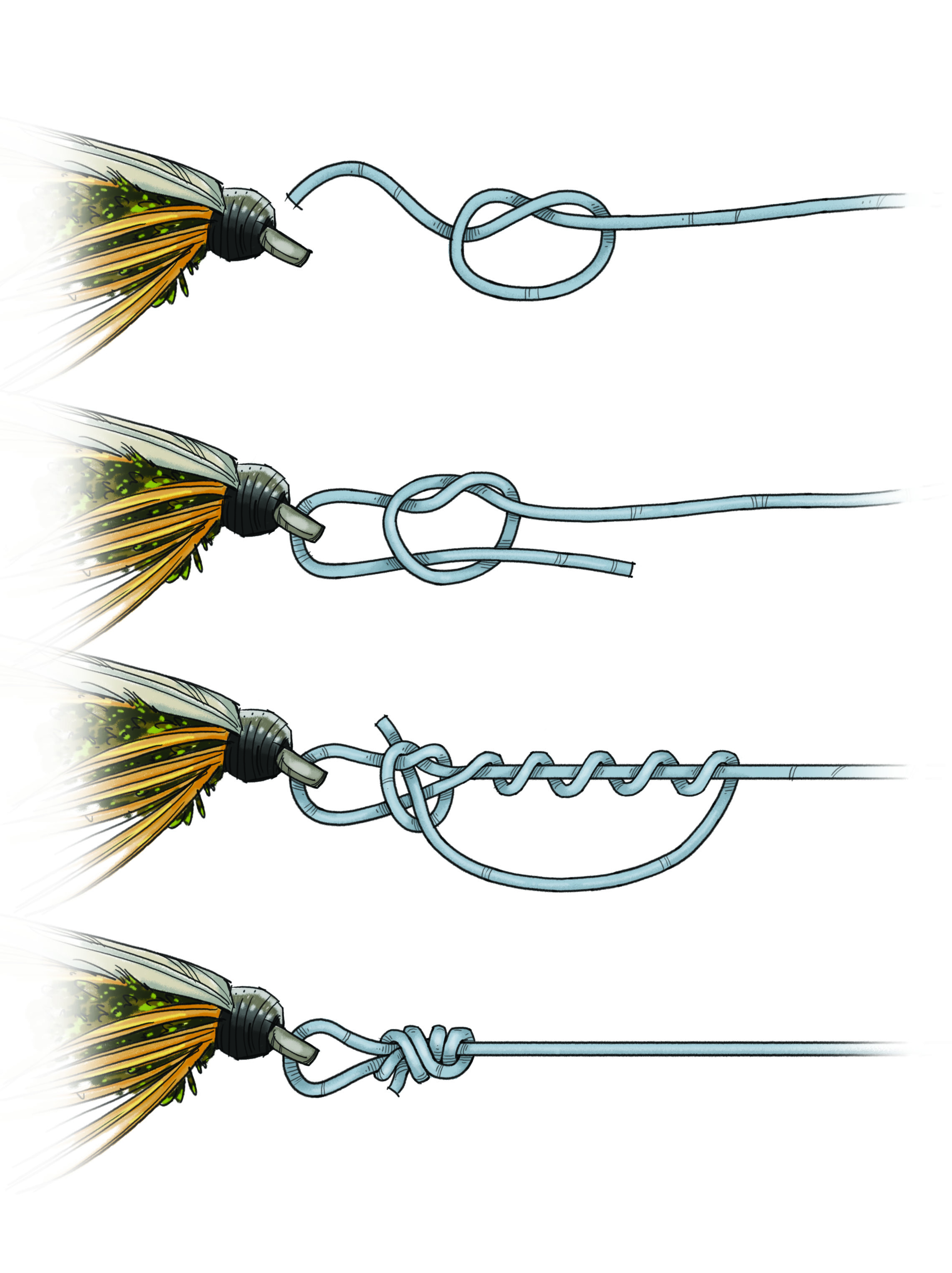losthwy
Montrose, Co.
What knot do you like to use to tie on streamers (esp. large streamers)?
+1 for the non-slip mono loop!Non-slip mono loop.

I second that, Rip. I even use this knot for dry flies and fishing small nymphs on light tippets (6X) to large tailwater trout. It just does not break like the clinch knots do. I have had the clinch knots fail from improper tightening, too, but never had that problem with the loop. I will still use the clinch knots here and there, but find myself using the non-slip mono loop as my primary knot for more and more applications. I think that NOT making the hook eye part of your knot is why the loop works so well.I've been using Lefty's non-slip mono loop since the first time that I saw him demonstrate it what has to be 20 years ago.
And in all that time, I've never had one break.
I can't say that about any other fly to tippet knot.
There are times when you want your stripped fly to travel in a strait line rather than "wiggle", (such as a crab on the flats) but that's rare enough that most folks don't even have to think about it.



This is fantastic...I find the second version, same as the one demonstrated in the video, the easiest to visualize.Most knot tiers do not know that there are at least 3 ways to tied what is called the non-slip mono loop.
I read somewhere that he recommended fewer turns around the standing line as the weight of the leader goes up - as many as 7 for trout weight leaders, down to 3 for >60#.Lefty may have changed his tune since then (he tends to do that) but he told me personally that there should be only 3 turns around the standing line with a non-slip loop and that's the way that I've always done it.
